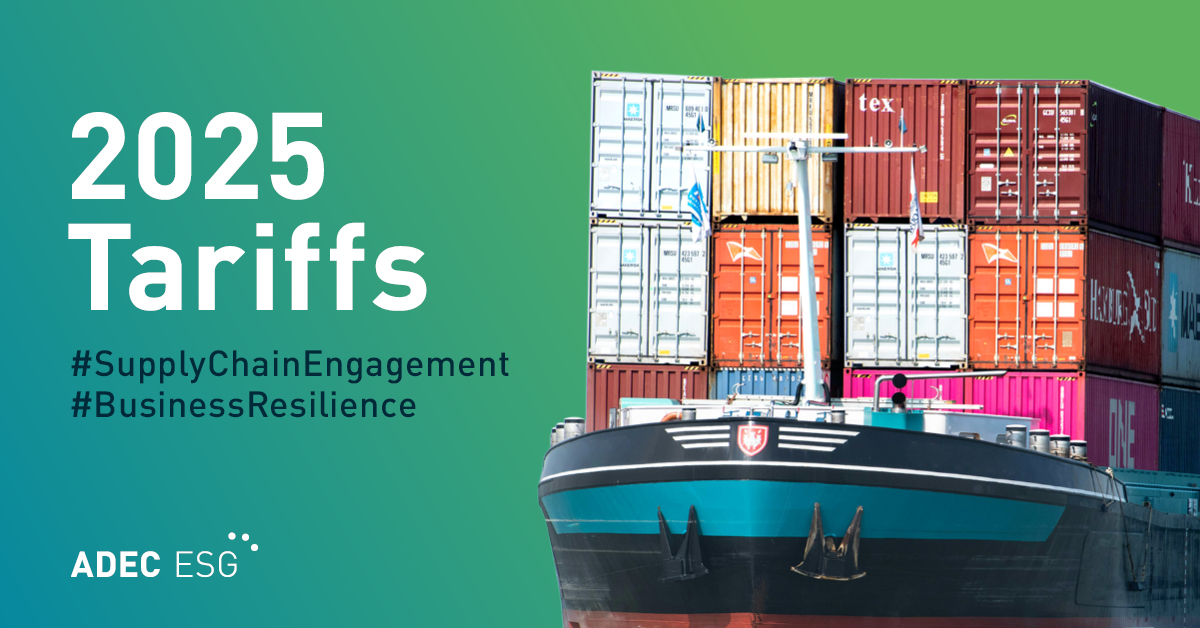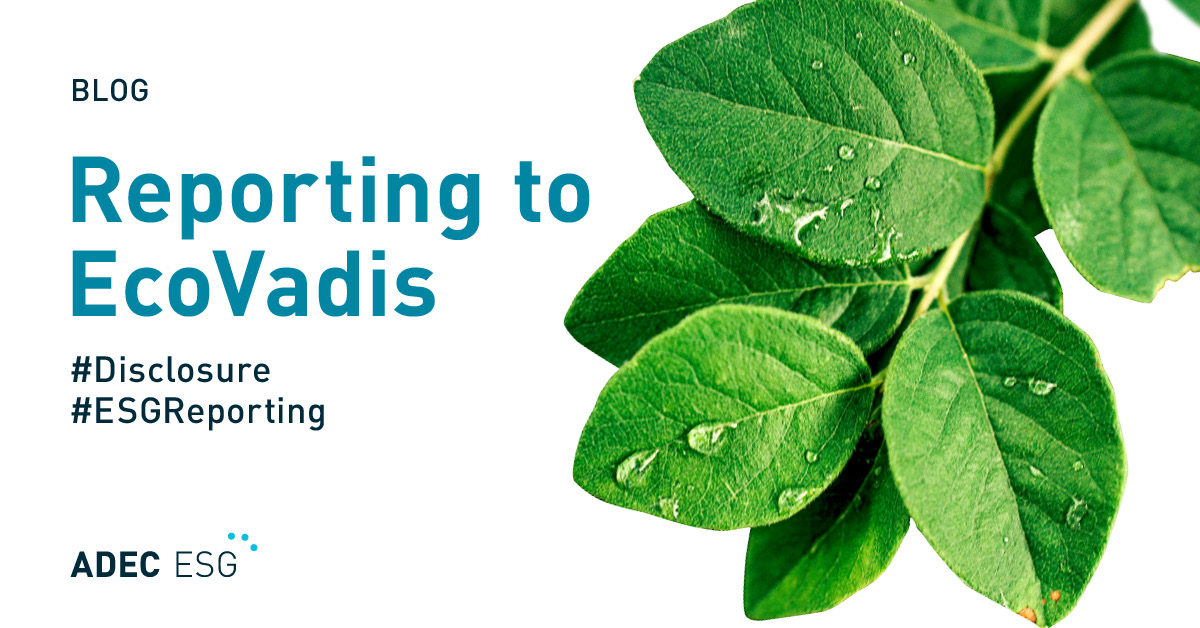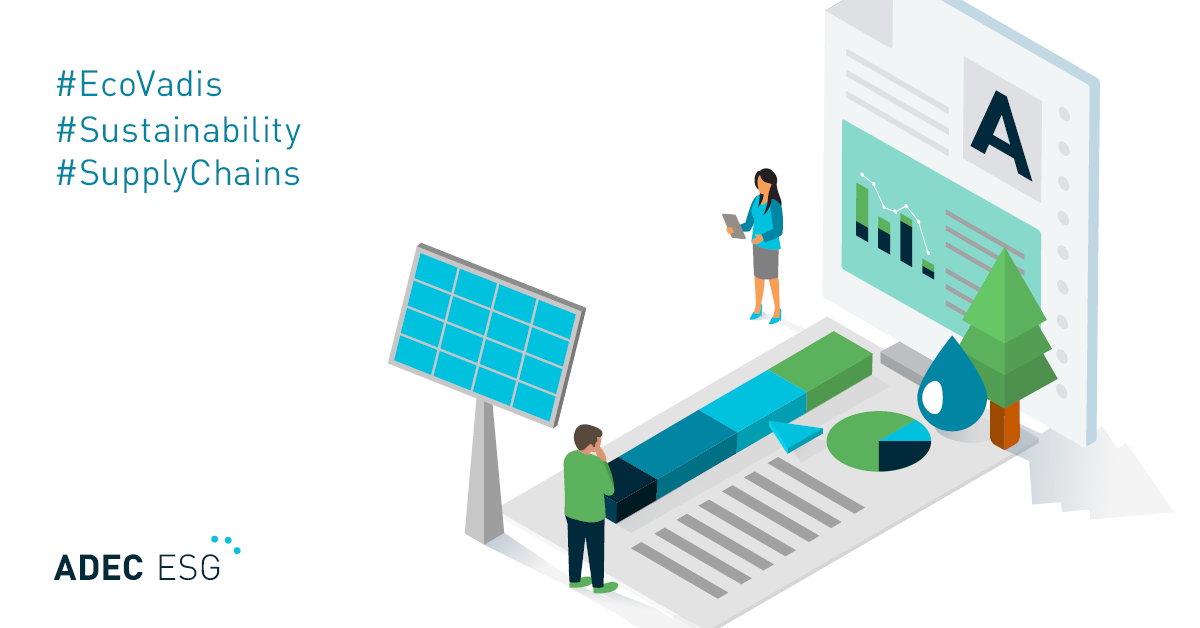Supply chain management plays a crucial role in the operations of globalized businesses. From planning and sourcing to delivery and logistics, effective supply chain management enables businesses to respond flexibly to changes in consumer demand, market conditions, and other global factors.
As such, modern companies seek ways to adapt and optimize their supply chains in order to better achieve their goals. Supply chain management is always changing.
Today’s textile and fashion industries have turned to focus much of this innovation on sustainability. More and more big players are recognizing that sustainable operations are crucial to the long-term success of their brands. An understanding of this global attitude shift is essential if we are to effectively analyze the current state of modern textile supply chains and what kind of new developments we can expect in the future.
As we enter a new decade, here are three key trends in textile supply chain management, all related to sustainability, that serve as key indicators of what is to come.
Consumer trends and regulations will continue to put pressure on both brands and suppliers to move towards sustainability.
Over the past 10 years, apparel brands have been coming under steadily increasing pressure to ensure the sustainability of their operations. This pressure comes from two key directions: from consumers and from regulation. Online searches for “sustainable fashion” increased threefold between 2016 and 2019. This consumer demand for sustainable fashion will inevitably affect sales, as sustainability-minded shoppers turn down brands they might previously have bought from in favor of those that make demonstrable commitments to sustainable sourcing and operations.
Meanwhile, more and more companies are committing to meeting government or third-party regulations on emissions, waste, and the use of hazardous substances – or going further by working towards industry standards such as the ZDHC Manufacturing Restricted Substances List (MRSL). As compliance becomes more widespread, these standards and regulations are able to become more stringent, bringing the industry closer to the targets that scientific consensus suggests will ameliorate environmental impact and climate change. This in turn requires further action from the companies who have not taken the initiative to get out ahead of this trend.
Brands that embrace transparency will build greater trust with global consumers, investors, and other stakeholders.
The inner workings of globalized supply chains are complex and are often kept opaque. However, increasing demands on companies from regulatory bodies, reporting standards, and savvy consumers are leading to more and more transparency, with visibility into supply chains becoming a key priority in the enforcement of these new requirements. Companies are working to create greater transparency in a variety of ways, from improved data sharing via new software such as CleanChain™, an ADEC Innovation, to new blockchain-based tracking platforms.
In addition to external pressures from regulation, brands also have business incentives for pursuing greater transparency. Many brands are taking action to ensure that more of their products are sustainably sourced and manufactured, but effectively communicating this to consumers is another challenge in itself. Cultivating strong supply chain relationships that support strong reporting and transparency initiatives is a key part of overcoming that challenge and stepping up to meet the demands and expectations of sustainability-minded stakeholders on the world stage.
As sustainability and environmental impact continue to be a central issue around the world, global brands will validate action through reporting and ambitious commitments.
With each year, more and more companies in the apparel industry develop tangible commitments to reducing emissions, waste, and hazardous chemical use. In 2019, 24 companies in the Textiles, Apparel & Luxury Goods sector committed to developing Science Based Targets (SBTs) on emissions–more than in 2016, 2017, and 2018 combined. From Gap’s commitment to 100% sustainable cotton sourcing, to IKEA’s plans to be carbon positive by 2030 and Reebok’s first plant-based running shoes, 2019 has been a year of diverse and ambitious sustainability commitments from fashion and apparel brands. As climate action and the environment continue to take center stage, the turn of the decade will be a time of reflection and subsequent action for many companies, and we can expect rising levels of ambition to carry through 2020.
Supply chain management is an ever-changing field, particularly in the apparel and fashion industry. Predicting new developments in innovations in supply chains is no easy task, but these key trends tell us that we can expect sustainability to play an increasingly significant role in textile supply chain management over the year to come.
CleanChain, an ADEC Innovation, helps you gain visibility and insights into the chemical use in your supply chain. Want to find out more? Book a free demo with us today to find out how CleanChain can help you engage your supply chain and improve your chemical management initiatives.




